Rising star: Vanessa Bal traverses fine work-life balance
Parent, partner and professional — the need to fulfill all of these roles at once complicates Vanessa Bal’s life.
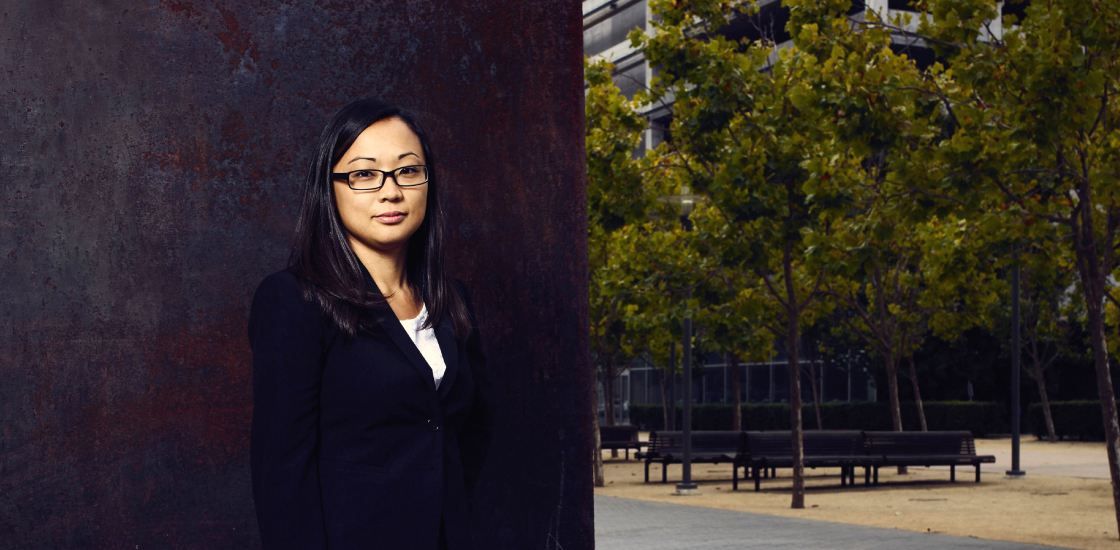
Vanessa H. Bal’s alarm clock is a cheeky toddler named Annelise. The alarm sounds every morning at 6:30 a.m., as the 3-year-old recites her favorite line from the movie “Frozen:” “The sky’s awake, so I’m awake.”
Between making breakfast, walking the dog and cajoling Annelise to brush her teeth, Bal and her husband Brian map out the day. On a typical morning, he drops Annelise at daycare and returns home, where he builds iPhone and Android apps. And she heads straight to the University of California, San Francisco (UCSF), where she explores the lifelong effects of autism with her LifeSPAN team. After work, she picks up Annelise from daycare and grabs groceries on the way home.
On their own, these roles are relatively straightforward. It’s the need to do all of them at once that complicates her life, Bal says.
“I love my family; I’m passionate about my job. I feel lucky just about every day, for some reason or another,” says Bal. “You try to figure out how to balance, how to forgive yourself for not being wherever you’re not.”
The place Bal needs to be right now is the bus stop, and she’s running late. It’s 7:30 a.m. as she hustles up the sloped street to the idling shuttle bus that transports her to UCSF’s medical campus.
On the bus, Bal reflects on raising a family while climbing the academic ladder. Her field of expertise — child development — makes her hypersensitive to Annelise’s every move, muddying the distinction between work and family life.
“There’s this feeling in the first year of your child’s life when you’re on the edge of your seat, waiting, watching,” she says, referring to the long list of milestones she knows all too well.
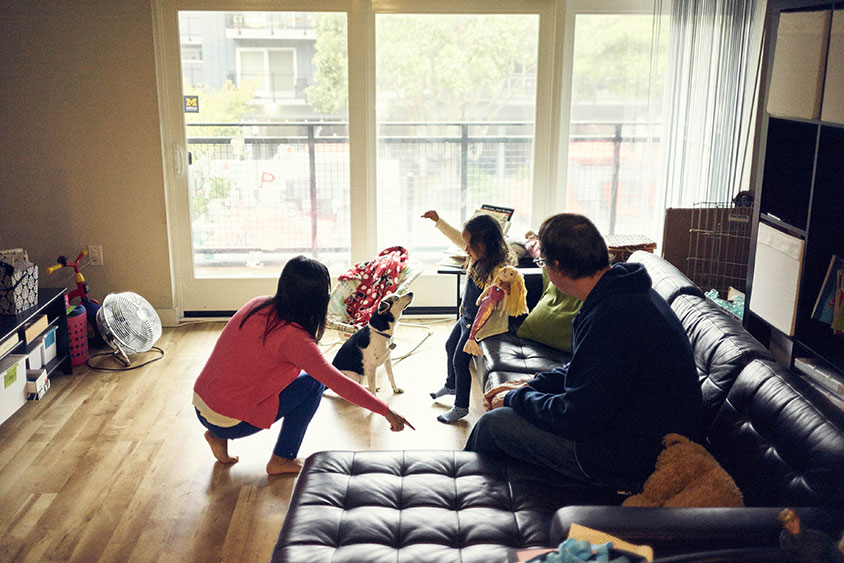
As the shuttle slows to a stop in front of the Sandler Neurosciences Center, Bal scrolls through a calendar app on her iPhone that her husband built for her. The tool displays her workday as a pie chart, with color-coded slices indicating appointments or tasks. Red denotes clinic time, blue is for research, green for meetings and yellow for writing manuscripts or grants. Today, as with most days, there is little white, which indicates breaks.
Bal seems energized by the challenge as she excitedly describes the tasks ahead. At 8:30 a.m., she breezes through the door of the sun-soaked suite she shares with fellow autism researchers Stephan Sanders and Matthew State. “She’s unbelievably smart and capable and determined,” says State, chair of psychiatry at UCSF.
Data entry:
By 10 a.m., Bal has checked off half the tasks on her to-do list, including several work-related phone calls and drafting the methods section of a grant. Now it’s time to meet with a research assistant to pin down a strategy for recruiting participants for a study. In the silvery light of the building’s atrium, the two women spread out papers on a round table and review the logistics.
Their goal is to explore how children with autism or dyslexia physically respond to their own emotions. To get at this, they plan to investigate changes in the children’s breathing, heart rate and perspiration as the children watch videos that provoke feelings of embarrassment or self-consciousness. Bal says she is curious about whether these physiological measures track with autism severity. She also aims to find out whether having certain mutations linked to autism predicts a child’s physical response to emotion.
The meeting ends at noon, and Bal walks out into the sunshine to an empty lot filled with sawdust and food trucks. Over plates of curry and pad Thai, she traces the arc of her career.
In her second year of college at the University of Michigan in Ann Arbor, Bal earned money entering data for a long-term study of adults on the spectrum. Then, a graduate student in Catherine Lord’s lab, Rhiannan Luyster, broke her arm. Luyster needed someone to accompany her to the home of a young girl with severe autism; Bal volunteered. She helped Luyster with behavioral strategies to help the girl sit in a chair and practice naming and requesting objects.
The girl often threw tantrums during the sessions, but Bal never got rattled, recalls Luyster, now assistant professor of communication sciences and disorders at Emerson University in Boston. “She was incredibly mature, very composed and calm.”
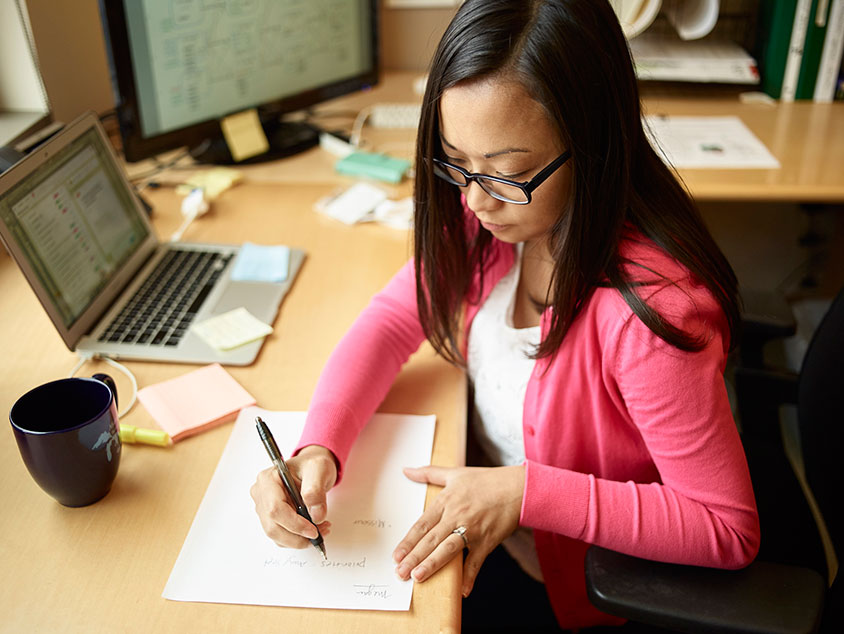
When Luyster graduated in 2009, she handed the reins to Bal, who began making the trek to the child’s house on her own. Every week, she’d sit on a couch in the family’s basement and work with the little girl. “There were moments, sitting on that couch, that I considered how crazy it was that this family needed so much help — but all they had was me,” Bal says.
The experience convinced Bal to pursue a career in autism research: She enrolled in a master’s program in neuroscience at the University of Oxford in the United Kingdom. “Vanessa is a veritable dynamo,” says Bal’s advisor, Anthony Bailey, then chair of psychiatry at the university. “Her drive and intelligence were immediately apparent.”
Once she finished the course, Bal returned to Lord’s lab for her Ph.D. At the time, Lord’s team was involved in a project to try and connect genetic data with behavioral traits in families that have a single child with autism. Bal helped the team identify descriptions in a child’s medical records that could help make those connections.
“She gradually knew more about how to get information out of it than any of us,” says Lord.
Thanks in part to Bal, the team uncovered new details about the behavioral effects of DNA deletions and duplications on chromosome 16, which have been linked to autism.
When Lord left Michigan in 2011 to direct the Center for Autism and the Developing Brain at NewYork-Presbyterian Hospital, Bal assumed some of Lord’s responsibilities. A second-year doctoral student at the time, Bal had to finish her dissertation while also tackling new teaching commitments and participating in conference calls with other researchers. By the time Bal finished her Ph.D. in 2014, Lord says, she had enough data to support two dissertations.
Autism encyclopedia:
It’s 2 p.m. and Bal is deep into a grant application that’s due in February. After devoting an intense couple of hours to the application, she changes gears and scrolls through an online cardiology tutorial. By 4 p.m., she has switched again, this time to shop for computer equipment for her new lab.
What she hasn’t done is spend any time developing ideas for projects that she says have occurred to her throughout the afternoon. “I’m at a point in my career where I have more ideas than I’ve ever had, but I don’t necessarily have the time anymore to put them all down,” Bal says.
Her motto lately is this: “Everything can be done, but not all of it needs to be done right now.”
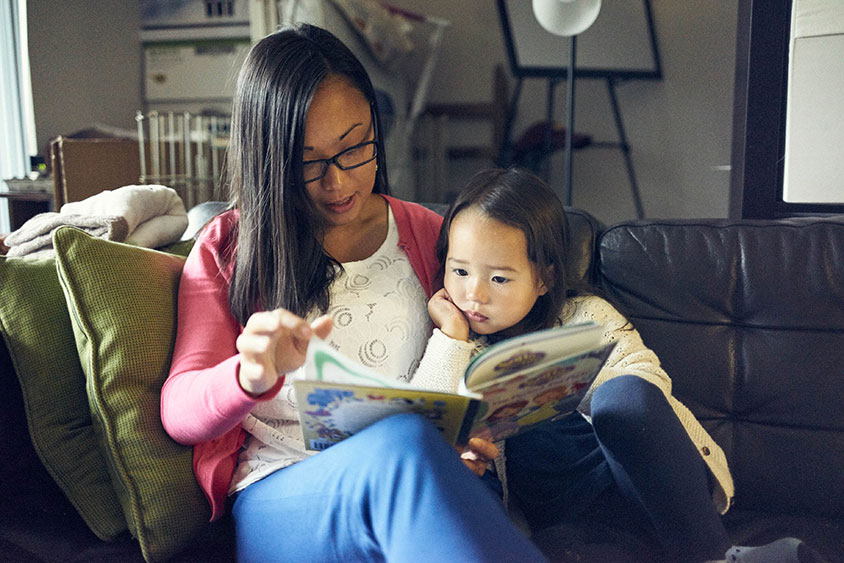
At 4:15 p.m. — a few hours earlier than usual because it’s the Friday before a holiday weekend — she packs up her laptop and heads home. The shuttle bus rumbles back across San Francisco, past old Victorians and canopied storefronts. Bal looks out the window, staring at tourists with cameras around their necks as they wander aimlessly along the steep streets.
Apart from the times she has visited family in Michigan and attended academic conferences in Europe and Africa, she can’t recall when she was last on a vacation. “I guess it’s been a long time,” she says.
Family first:
It’s about 5 p.m. when the bus sputters to a stop in Bal’s neighborhood. She briskly walks home to pick up her bright green Subaru and drives to Annelise’s daycare. Along the way, she considers how different her life will be as a full-time faculty member.
Bal’s plan is to spend about 20 percent of her time in the clinic and the remaining 80 percent doing research. As a postdoctoral researcher, she often worked from home, but that’s no longer ideal. Bal says she’s excited to spend time in her new lab, where she can offer hands-on training to the next generation of autism researchers.
“I’m a big proponent of mentoring people,” she says. “I want to be around to explain things so that their work is meaningful and they’re invested in it.”
At the same time, Bal says she feels a twinge when she misses an important moment in Annelise’s life, such as the time her husband asked the little girl about her day and Annelise strung several sentences into a story.
“The hardest part is missing out on the little things,” she says. “Things that only are significant to you because you’re a parent, not because they’re markers for anything special or written on a developmental chart.”
After fetching Annelise from daycare, Bal sprints through the grocery store to pick up food for dinner. Around 6:30 p.m., the family squeezes in a trip to the park before Annelise goes to bed, usually around 8:30 p.m. Once she’s asleep, Bal and her husband work on their laptops, sometimes until after midnight.
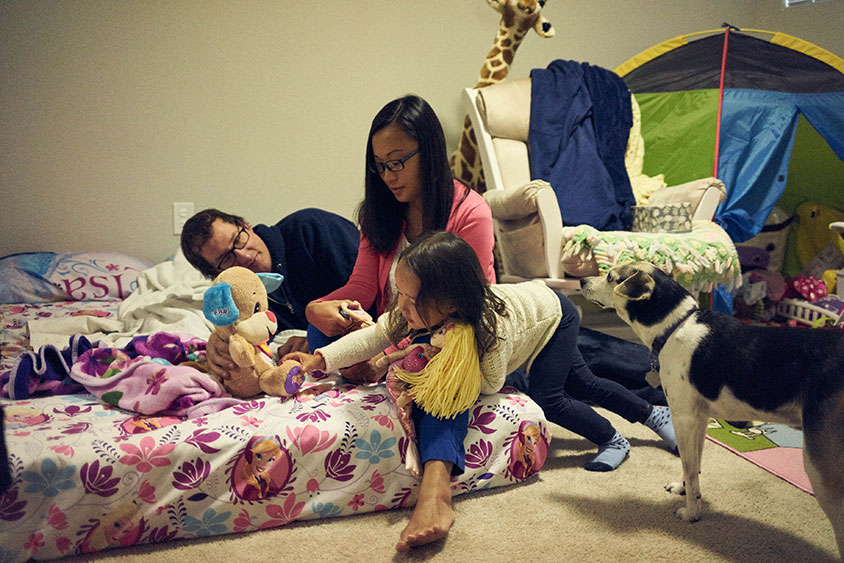
Motherhood has slowed Bal’s pace at work. Before pregnancy, she produced enough data to publish four to six papers per year. This year, she says, she’ll have just three. But she’s comfortable with the tradeoffs.
“I have been told directly and overheard others say that women need to be careful about timing children because of gaps in their CVs [curriculum vitae]. I wouldn’t have spent less time with my daughter for a few lines on my CV,” she says. “But I do worry about it every day.”
Around midnight, Bal peeks through the doorway to Annelise’s bedroom. For a few moments, she watches her daughter sleep. Then she heads off to bed, where inspiration often strikes her. If she’s lucky, she’ll catch six full hours of sleep before her darling alarm wakes her up again.
Editor’s Note
After this story ran, we discovered that the writer, Ann Griswold, has a personal conflict of interest with the STAR Center at the University of California, San Francisco. Vanessa Bal, who is the subject of the story, is affiliated with the center. We do not believe this alters the content or tone of the story. Nevertheless, we apologize for this oversight.
Recommended reading

Too much or too little brain synchrony may underlie autism subtypes

Developmental delay patterns differ with diagnosis; and more

Split gene therapy delivers promise in mice modeling Dravet syndrome
Explore more from The Transmitter

During decision-making, brain shows multiple distinct subtypes of activity

Basic pain research ‘is not working’: Q&A with Steven Prescott and Stéphanie Ratté
